Bob Deluce is one of our favourite runners. There’s something about the owner of an airline that flies to so many great races, also being a racer that’s inspiring. Also, that he’s 69 and busy and nevertheless trains alone for marathons, and has two of his kids into running, makes him a great friend of the magazine. In October, he ran the Scotiabank Toronto Waterfront Marathon. We checked in with Bob about his race, and if he ever plans to run the marathon again.
iRun: What number marathon was that for you in the fall?
Deluce: 3
iRun: Did you enjoy it? How do you think your training paid off?
Deluce: Definitely enjoyable and I am pleased that I was able to complete the marathon. Training paid off—but a slightly longer training period and a slower build up would have benefited me.
iRun: I believe you said this might be your last. That you wanted to run this one while you still could, while you were young enough, however, lots of marathoners say that, then run their marathon, and get hooked again. Is that your story? Will you run another marathon in 2019?
Deluce: I’m not committing to another marathon at this point—at least not publicly! Based on the time commitment needed, it’s probably more realistic for me to look at shorter distances, with a half marathon being what I am planning for some time in the spring, and if that goes well perhaps I will look to doing another full marathon again in the fall.
iRun: Tell us about your race. I understand, for the first half you were breezing. And the second half got a little hard (which is the story of everyone’s marathon). Tell us the story of your race.
Deluce: That is a good description. I was really on target through the first half and then I sort of hit a wall, as they say. Honestly, it took a lot of effort for me to finish, but I got through it and was satisfied to cross the line in the end. Marathons are pretty good metaphors for life. It doesn’t usually go according to plan, but you can still achieve a result if you adapt and find a way to get there.
iRun: What training run do you think best prepared you?
Deluce: I ran a particular 30K route as I was getting closer to the actual marathon, which did have a few hills and on a day that was also quite miserable from a weather point of view. I finished that comfortably and came out of it feeling that the run couldn’t be any worse than that, so it kind of psychologically prepared me for the longer marathon.
iRun: If you do it again, how would your training tweak?
Deluce: I would definitely start sooner and build up slower and pay more attention to both hydration and nutrition.
iRun: We’re taking a Porter to Quebec City for the Pentathlon Des Neiges. And have taken Porter to run the Boston, New York and Ottawa Marathons. As a marathoner, how does that make you feel, when people take your planes to a race?
Deluce: We know that a lot of people fly with us to races. It’s a nice feeling knowing that they are going with a purpose to accomplish something that is typically very personal for them— often it is their first marathon. We’ll be there to help them celebrate with a free glass of wine or beer on the flight home! I’d say they’ve earned it at that point.
iRun: Lastly, can you recount that story once again, about the time you flew your run crew to a race, touched down, raced, then flew everyone back home? What race was that again, and who were you with?
Deluce: Yes, that happened in about 1978 while I was with Austin Airways and we did take a group of 52 runners from Timmins to Nanasivik, which is north of the Arctic Circle on Baffin Island. I completed that run and have a plaque somewhere to prove it.
iRun: Thanks for your time, sir. We’ll see you at the marathon in October.
Deluce, laughing: We’ll see. We’ll see.
Photograph courtesy of Marathon-Photos.com.





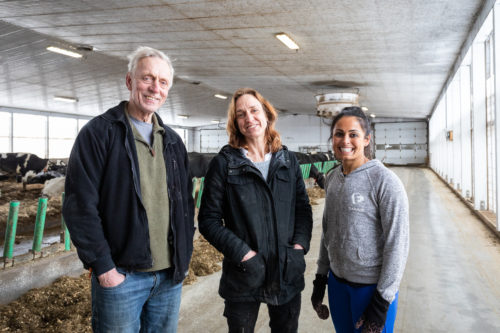
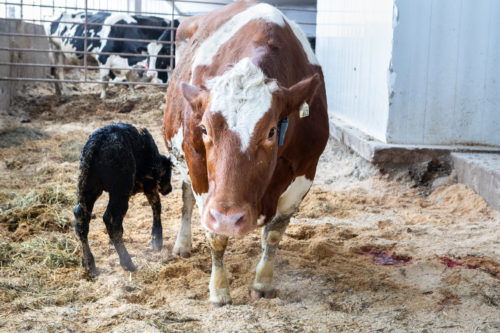

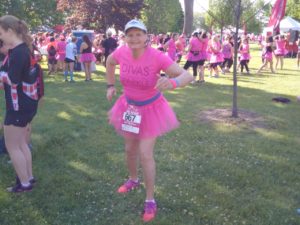




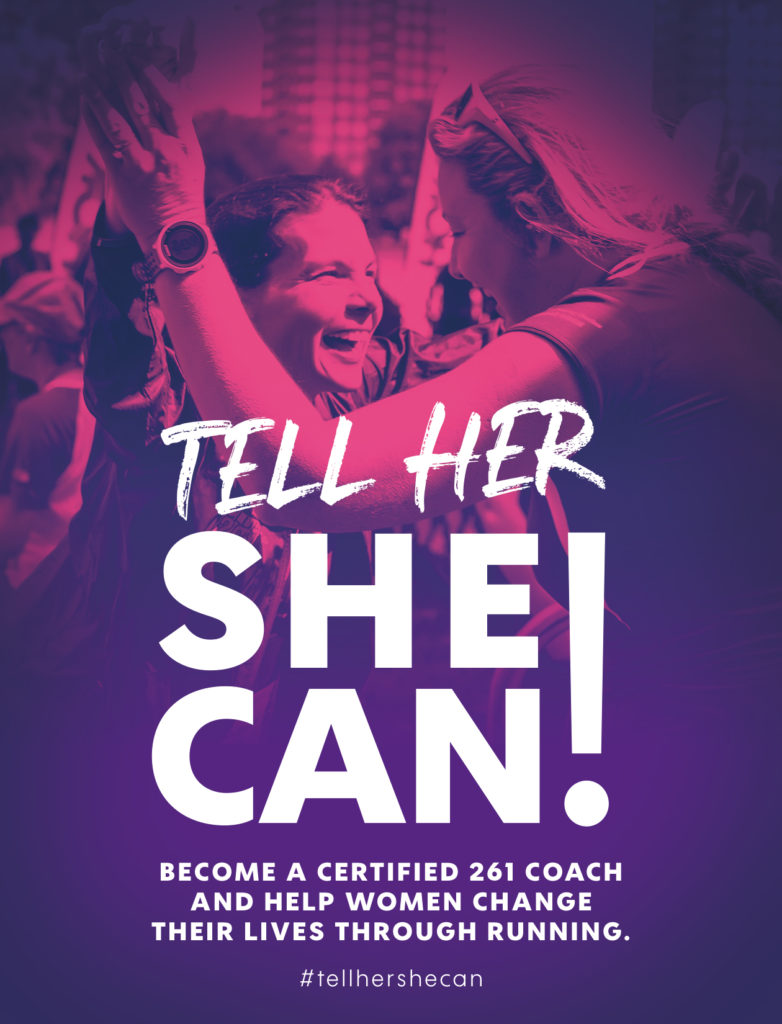


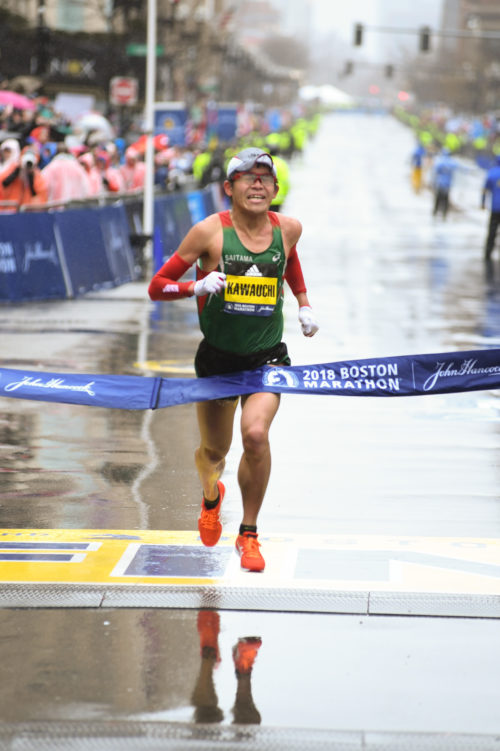

 Our Magazine
Our Magazine
